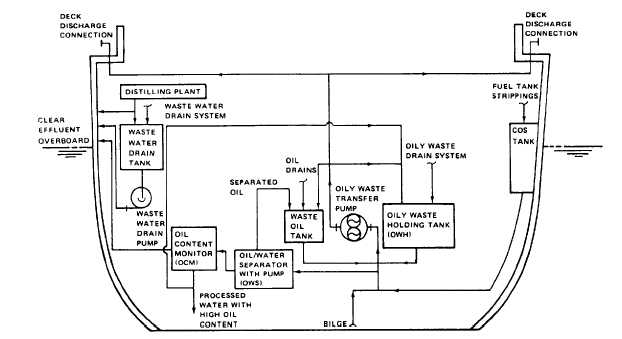Figure 6-1.-Typical shipboard oil pollution control system.
following lists show common sources of oil and oily
waste that find their way into the water.
1. Lubricating oil
a. Leakage and drainage from equipment and
systems
b. Contaminated oil from centrifugal purifiers
c. Used oil removed from equipment during an
oil change
2. Fuel oil
a. Spillage during fueling, defueling, and
internal transfer operations
b. Leakage through hull structures into bilges
c. Stripping from the contaminated oil settling
tank
d. Ballast water from fuel tanks of
noncompensated fuel systems or bulk carriers
e. Ballast water from compensated fuel tank
systems during refueling, defueling, and internal
transfer operations
f. Tank cleaning operations
3. Hydraulic fluids
a. Leakage of hydraulic fluid from glands and
seals into hydraulic pump room bilges
b. Spillage during system filling or
replenishment
c. Spillage caused by hydraulic system
casualties
HANDLING OIL SPILLS
All oil spills and slicks or sheens within the 50-mile
prohibited zone of the United States shall be reported
immediately according to the Environmental and
Natural Resources Program Manual, OPNAVINST
5090.1. Navy ships can now provide immediate
remedial action on oil spills until they are relieved by
shore-based response units. Since U.S. shorebased units
are seldom available in non-Navy or foreign ports, a
ship may have to clean up the entire spill.
A cleanup kit has been developed for use by the
ship’s crew. The U.S. Navy Oil Spill Containment and
Cleanup Kit, NAVSEA 0994-LP-013-6010, contains a
description of the kit and instructions for its use. The
manual describes safety precautions for use of the kit as
well as the recommended shipboard allowance. A
trained crew that acts quickly can contain a spill, and it
can often collect the entire spill without help from
shore-based personnel.
6-3


